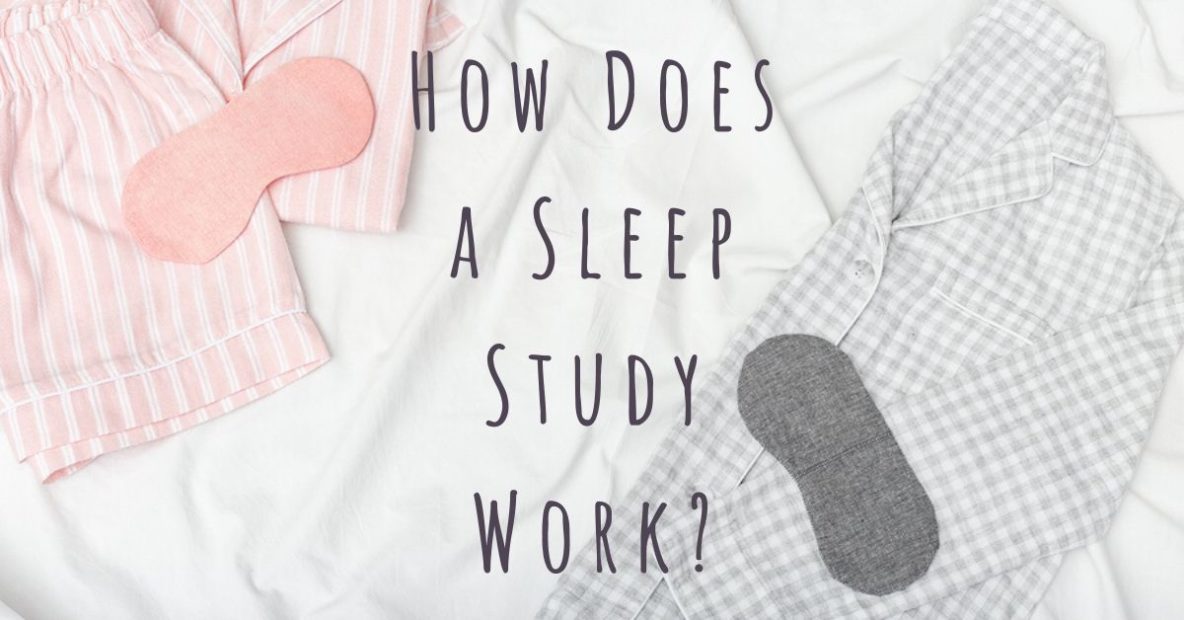How Does a Sleep Study Work?

- A Promising Paradigm Shift: New Research Challenges the CPAP-First Approach to OSA Treatment - September 5, 2023
- Understanding Sleep Meditation Techniques - July 30, 2021
- How Online Learning Has Affected Sleep for Students - July 13, 2021
If you’ve been having trouble sleeping, your doctor may suggest a sleep study to discover exactly why you’re not sleeping. A sleep study, called a polysomnography, is a completely non-invasive test that measures brain activity during the night, allowing your sleep specialist to see how much time you spend awake or asleep, how much REM sleep you have each night, and if you have any other symptoms such as restless leg syndrome.
Why Have a Sleep Study?
When you visit a sleep specialist to talk about your sleep disturbances, it can be difficult for them to know exactly what problem you’re facing. A sleep study will give them clear information about how you’re sleeping each night, and how much time you’re spending in each stage of sleep. Sleep specialists will order a sleep study if they suspect you have a sleep disorder such as:
- Sleep apnea – a breathing disorder where you stop breathing during the night, preventing you from getting enough rest.
- Narcolepsy – a sudden sleep attack during the day, and chronic daytime fatigue.
- REM sleep behavior disorder – a condition in which you act out dreams in your sleep.
- Periodic limb movement disorder – a disorder similar to restless legs syndrome, where you flex or extend your legs during sleep.
What’s Involved in a Sleep Study?
A polysomnography, or sleep study, is an overnight test that monitors your sleep. Sleep studies help diagnose a range of sleep disorders, including sleep apnea, restless leg syndrome, sleepwalking, insomnia, or other nighttime behaviors that affect the quality of your sleep.
During a sleep study, you’ll spend one night at a sleep lab, and the lab technicians will monitor your brain and body activities during the night. EEG monitors will analyze your brain activity, showing when you’re in REM sleep, and looking for disruptions in your sleep patterns. The study will also monitor blood oxygen levels with a sensor, look at eye movements during sleep, and measure heart rate, breathing rate, and snoring during your sleep.
Understanding Sleep Cycles
A polysomnography will give you a clear picture of your sleep cycles, and how much time you’re spending in each sleep stage to look for disruptions in normal patterns. During the first stage of sleep, brain waves slow down as the body starts to rest. After some time in this deep sleep, brain activity increases as the body enters REM sleep, or rapid eye movement sleep. This is the sleep stage when you may experience dreams. During a normal night, your body will go through several sleep cycles, and you’ll have both deep sleep and REM sleep throughout the night. Sleep disruptions can break this cycle, and you won’t feel well rested if you haven’t spent enough time in both deep and REM sleep.
How Does a Sleep Study Work?
Sleep labs are designed to be as comfortable as possible so that you’ll have a normal night’s sleep. You’ll lay on a comfortable bed, and lights will be dimmed to help you sleep. You can sleep in your own pajamas, and bring along any sleep related items, such as your toothbrush, or the book you like to read for a few minutes before you get into bed.
To track your sleep, as well as monitor all your vitals, a sleep technologist will put sensors on your head and several places on your body. These sensors will gather useful data during the night, such as EEG readings to monitor brain activity, and allow your sleep specialist to understand why you’re not sleeping.
Analyzing the Results of a Sleep Study
After the sleep study, you’ll visit your sleep specialist to go over the results of the study. You’ll see:
- Brain wave activity and eye movements that show if you’re spending enough time in each sleep stage, and if the sleep cycles are being disrupted.
- Heart rate and breathing during the night that can show if you’re experiencing sleep apnea during your sleep.
- Frequent leg movements or body movements that are affecting your sleep, or could indicate a limb movement disorder.
Your sleep specialist will explain these results, as well as suggest treatment options to help you sleep. This could include the use of a continuous positive airway pressure machine to treat obstructive sleep apnea, or medications to reduce restless limb movements.
